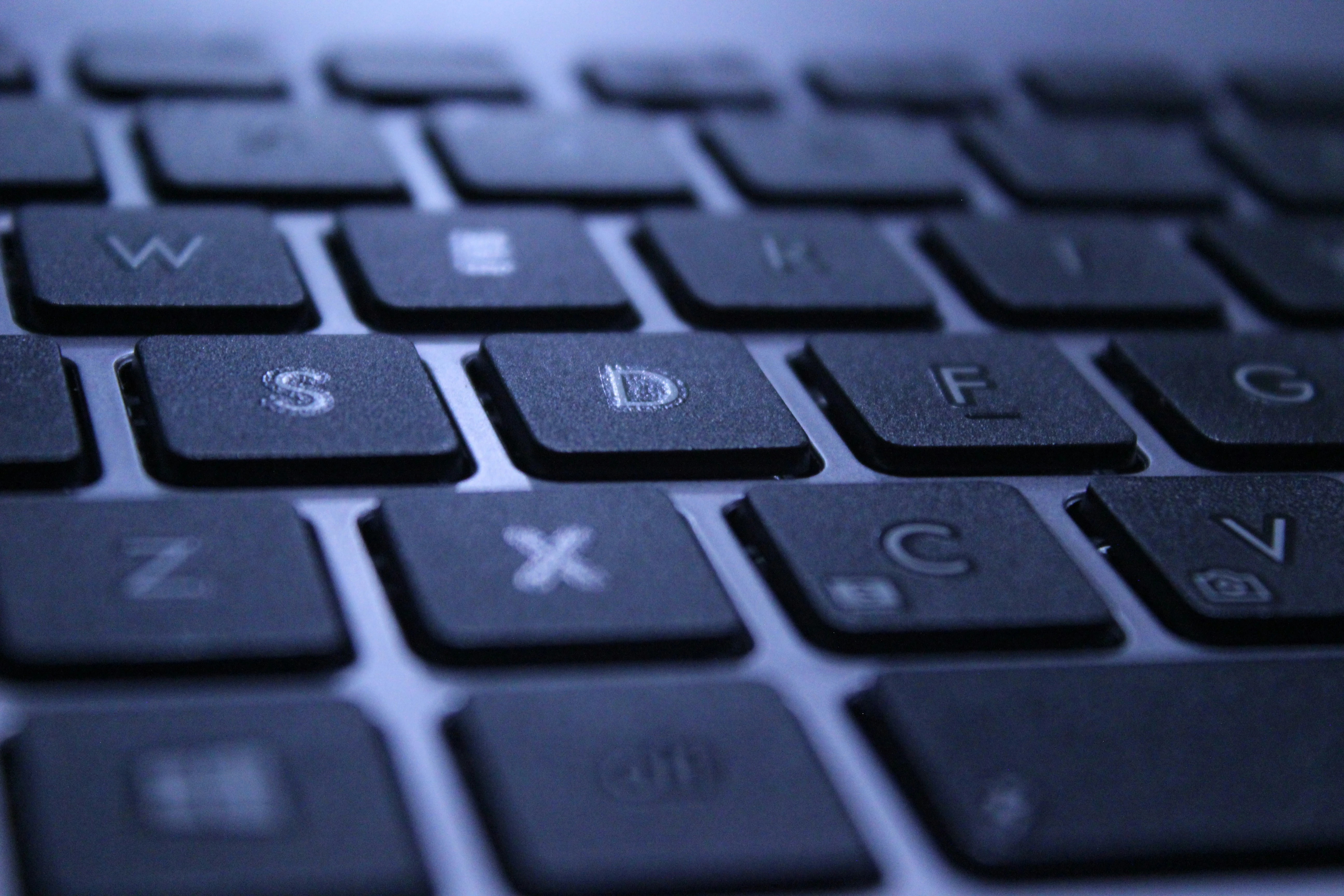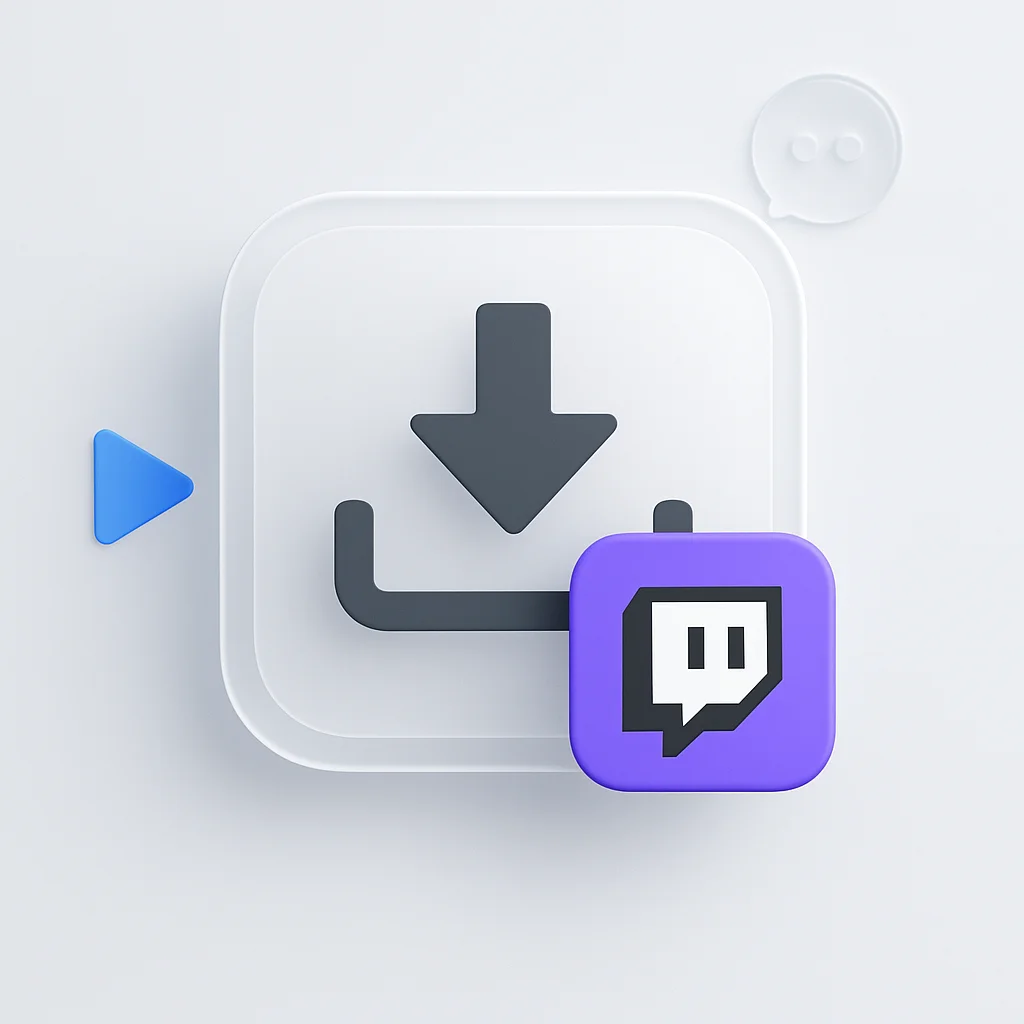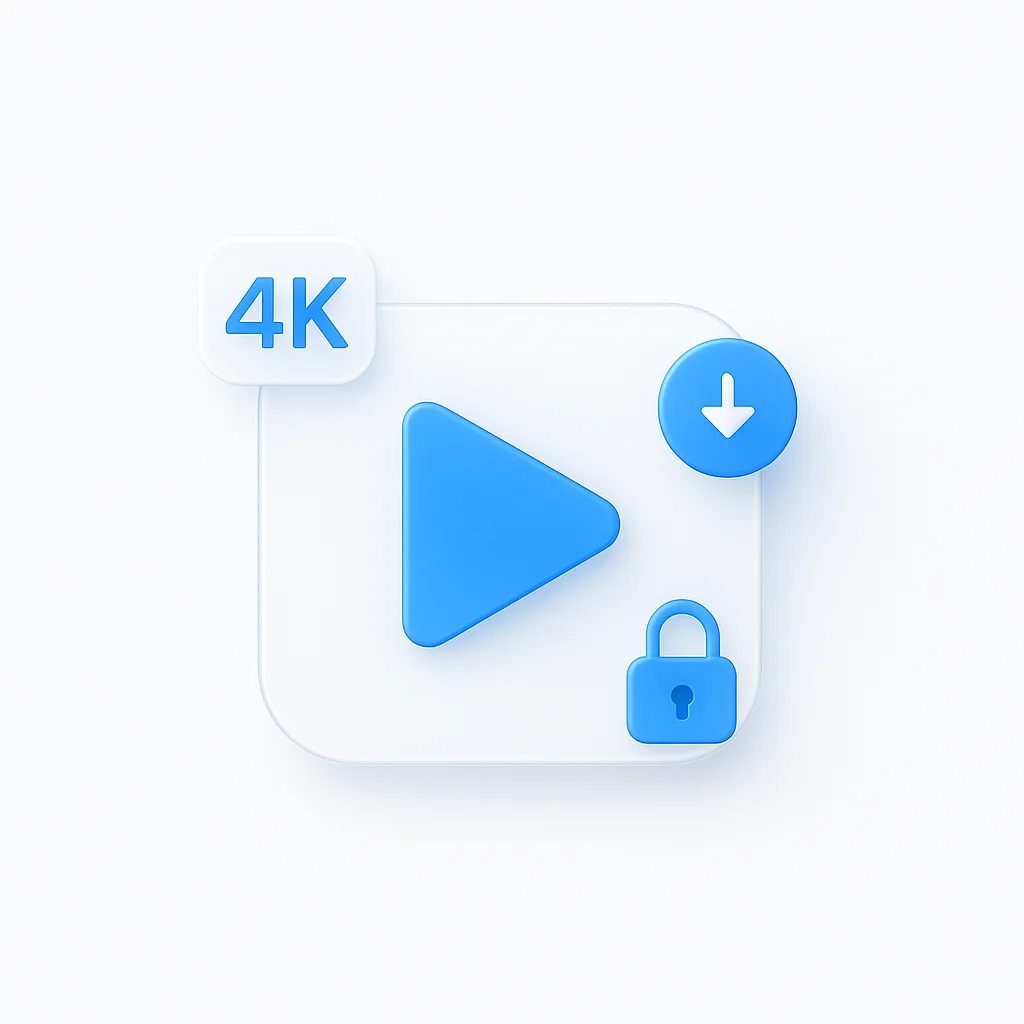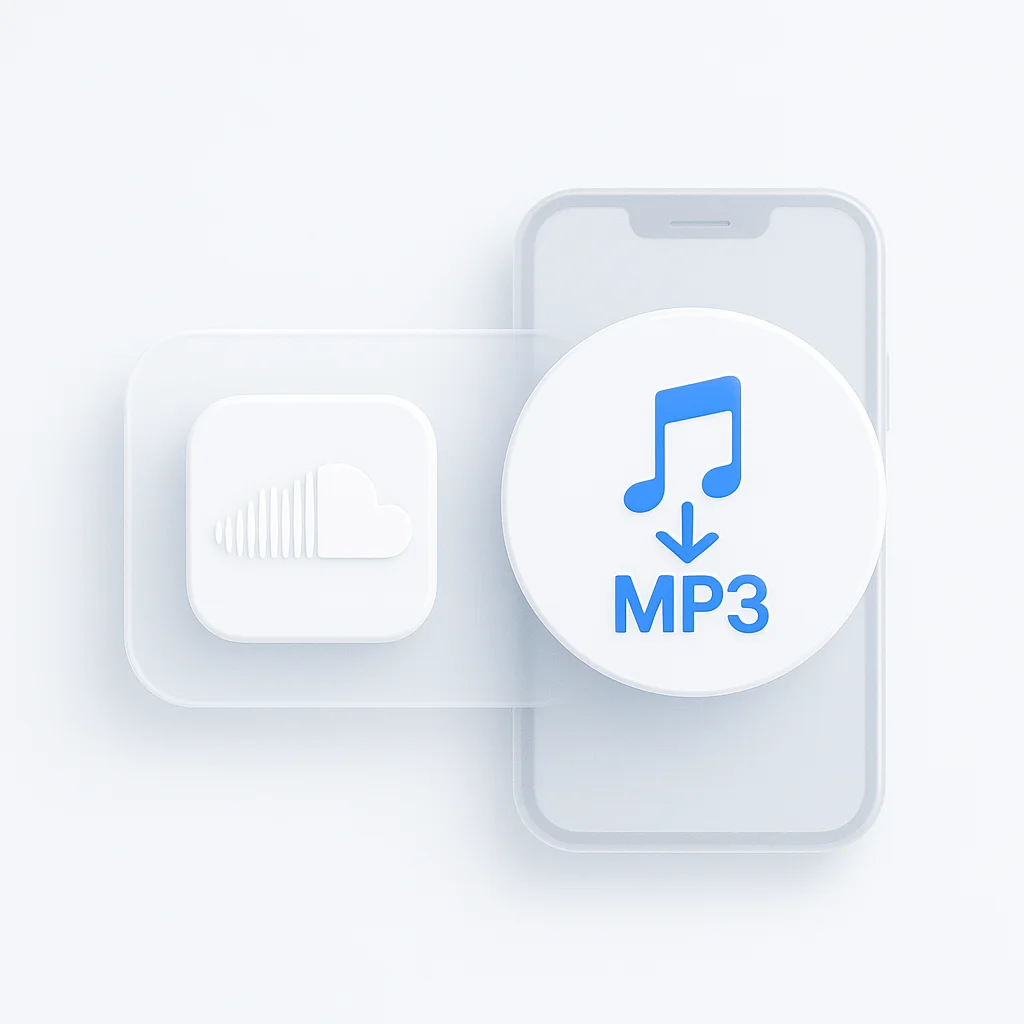Está cansado de procurar em inúmeros menus e atalhos de teclado apenas para capturar uma simples captura de tela em seu laptop Samsung? Não procure mais! Nós o cobrimos com nosso guia abrangente que o fará capturar capturas de tela como um profissional em pouco tempo. Diga adeus à frustração e olá à captura de tela sem esforço com nossas dicas e truques fáceis de seguir.
Tirando Screenshots em Laptops Samsung: Um Guia Abrangente
Introdução
Em nossa era digital, capturar e compartilhar conteúdo na tela de forma rápida e eficiente é vital para a produtividade. Desde a criação de guias de instruções até o salvamento de conversas importantes, as capturas de tela são a ferramenta de referência rápida definitiva. Os laptops Samsung, conhecidos por seu design elegante e alto desempenho, oferecem várias ferramentas para capturar capturas de tela facilmente. Este guia o guiará pelo processo, tornando-o muito fácil, independentemente do seu conhecimento tecnológico.
Noções Básicas de Como Tirar Screenshots
Uma captura de tela, ou captura de tela, é uma imagem digital do conteúdo da sua tela. Pode ser incrivelmente útil para criar tutoriais, relatar problemas, salvar informações ou capturar momentos memoráveis.
Tirando Screenshots em Laptops Samsung
Windows 10
- Tela Inteira: Pressione a tecla ‘PrtScn’.
- Janela Ativa: Pressione ‘Alt + PrtScn’.
- Área Personalizada: Use a Ferramenta de Recorte.
Windows 11
- Tela Inteira: Pressione a tecla ‘PrtScn’.
- Janela Ativa: Pressione ‘Alt + PrtScn’.
- Área Personalizada/Janela Ativa: Pressione ‘Win + Shift + S’.
- Salvar Captura de Tela Diretamente: Pressione ‘Power + Volume Down’ (em modelos compatíveis).
Técnicas Avançadas de Captura de Tela
- Atrasar Capturas de Tela: Use a Ferramenta de Recorte ou Recorte e Esboço para atrasar capturas de tela.
- Tirar Capturas de Tela de Menus: Use a função de captura de tela atrasada.
- Ferramentas de Captura de Tela de Terceiros: Considere usar ferramentas como Lightshot, Greenshot ou ShareX para obter mais recursos.
Editar e Salvar Capturas de Tela
- Salvando Capturas de Tela: Cole-as em um editor de imagens como o Photoshop ou Paint e salve-as em um local preferido.
- Editando Capturas de Tela: A edição básica pode ser feita no Paint, enquanto a edição mais avançada pode ser feita no Photoshop.
- Organizando Capturas de Tela: Crie uma pasta dedicada para capturas de tela e renomeie-as para fácil identificação.
Problemas Comuns e Solução de Problemas
- Captura de Tela Não Está Funcionando: Certifique-se de pressionar as teclas corretas e atualize seu sistema, se necessário.
- Capturas de Tela Estão Escuras ou com Baixa Qualidade: Verifique o brilho da tela e ajuste a resolução da tela, se necessário.
- Não Consigo Encontrar Sua Captura de Tela: Verifique a pasta ‘Capturas de Tela’ na sua pasta Imagens.
Usando Aplicativos de Terceiros para Capturas de Tela
Aplicativos de terceiros como Lightshot, Greenshot e ShareX oferecem mais recursos e capacidades. Essas ferramentas também podem ser úteis para criar recursos visuais para aprimorar o conteúdo do WordPress.
Integrando Capturas de Tela em Outros Aplicativos
- Aplicativos do Microsoft Office: Cole capturas de tela usando ‘Ctrl + V’ ou insira-as no menu ‘Imagens’.
- E-mails ou Aplicativos Baseados na Web: Cole capturas de tela usando ‘Ctrl + V’ ou anexe-as como arquivos.
- Software de Design Gráfico ou Edição de Vídeo: Importe capturas de tela como arquivos de imagem.
Usando Atalhos de Teclado para Capturas de Tela
Personalize atalhos de teclado para capturas de tela em ‘Facilidade de Acesso Configurações do Teclado’.
Compartilhando Capturas de Tela
- E-mail: Anexe capturas de tela ou cole-as diretamente no corpo do e-mail.
- Armazenamento em Nuvem: Envie capturas de tela para o armazenamento em nuvem e compartilhe o link.
- Aplicativos de Mensagens Diretas: Anexe ou cole capturas de tela em suas mensagens.
Considerações de Privacidade
- Evite Capturar Informações Confidenciais: Certifique-se de que nenhuma informação privada esteja visível em suas capturas de tela.
- Edite Informações Privadas: Use editores de imagem para borrar ou apagar seções confidenciais.
- Peça Consentimento: Obtenha consentimento antes de compartilhar capturas de tela que incluam informações ou trabalho de outras pessoas.
- Cumpra as Diretrizes Legais e Éticas: Esteja ciente das leis de direitos autorais e use as capturas de tela de forma ética e responsável.
Dicas para Melhorar a Qualidade da Captura de Tela
- Ajuste a Resolução da Tela: Defina a resolução da tela para o nível recomendado.
- Aprimore as Configurações de DPI: Aumente o DPI para obter mais detalhes na imagem.
- Melhore a Legibilidade do Texto: Aumente o tamanho do texto ou amplie antes de tirar a captura de tela.
Casos de Uso da Indústria para Capturas de Tela
- Suporte Técnico: Clientes enviam capturas de tela para ajudar a diagnosticar problemas.
- Educação: Professores e alunos usam capturas de tela para materiais de aprendizado e compartilhamento de informações.
- Design Gráfico: Designers gráficos usam capturas de tela para inspiração para criar conteúdo digital (flipbooks online, revistas, boletins informativos e outros materiais), para demonstração de progresso e compartilhamento de feedback.
- Marketing: Profissionais usam capturas de tela para destacar recursos do produto, criação de tutoriais e exibição de depoimentos de clientes.
Conclusão
Dominar a arte de tirar capturas de tela em seu laptop Samsung pode melhorar muito sua produtividade e comunicação. Este guia abrangente forneceu tudo o que você precisa saber sobre como capturar, editar e compartilhar capturas de tela em seu laptop Samsung, independentemente da sua versão do Windows. Ao seguir estas etapas e usar as dicas e técnicas fornecidas, você pode aproveitar o poder das capturas de tela para aprimorar sua comunicação digital e fluxo de trabalho.






